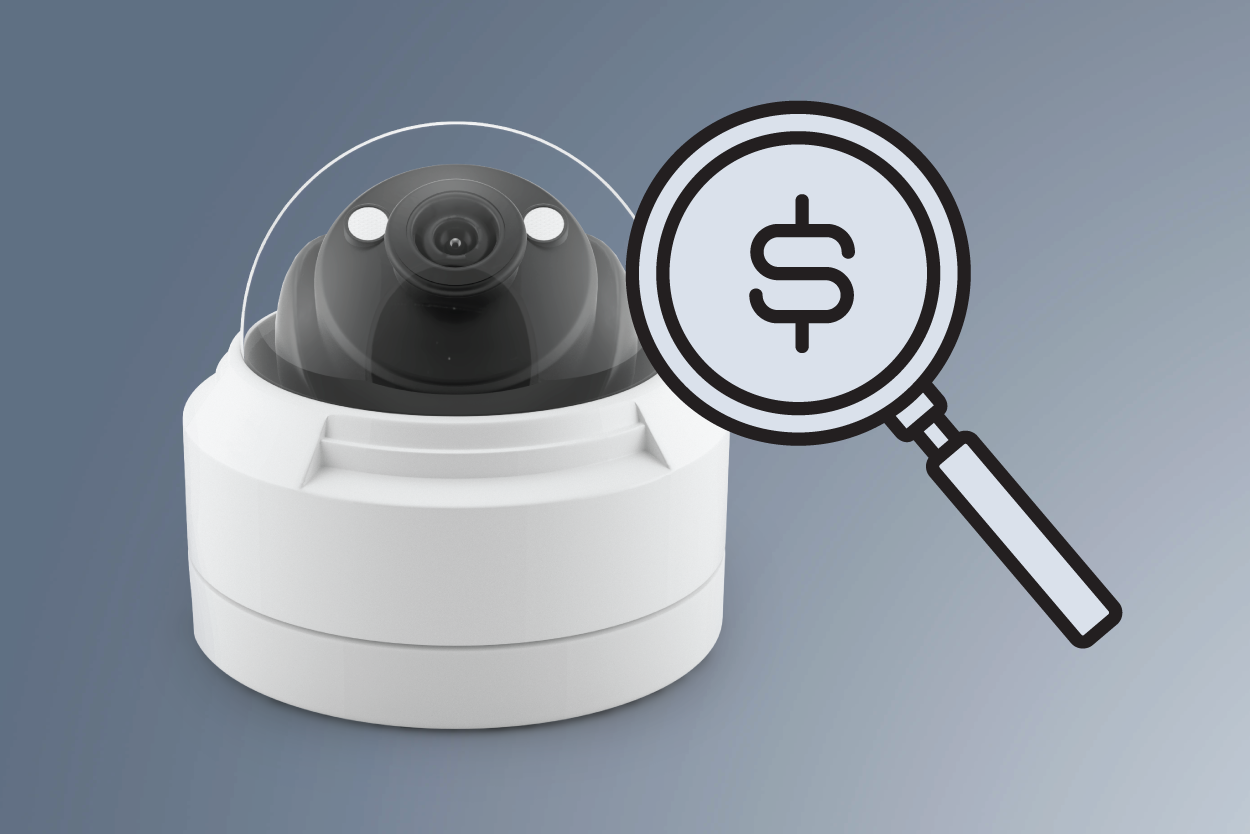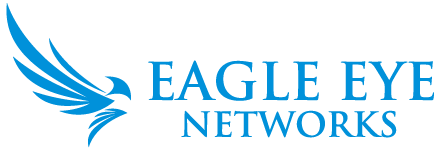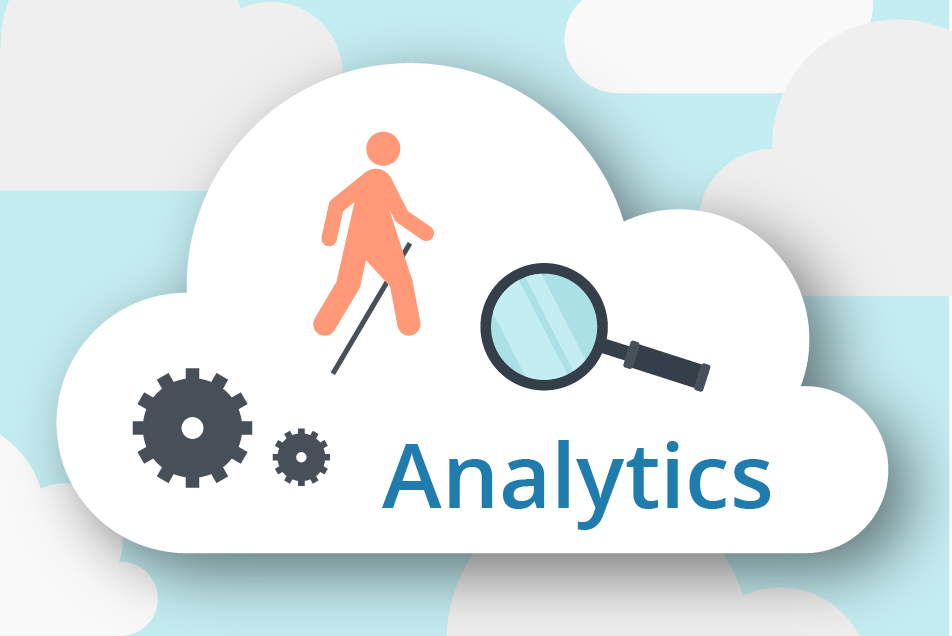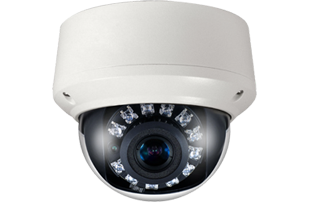
Let’s face it. It’s tempting for business owners to get on Amazon and order an out-of-the-box video surveillance system that consists of an inexpensive DVR and a few cameras, and then check the “security” box. Though this initial, low purchase price is certainly appealing, it’s short sighted, because it fails to take into account the total cost of ownership. TCO is a big picture look at the cost of owning and managing an asset, which includes the purchase price, plus the cost to operate it over its lifecycle.
Operational costs, many of which are not in plain sight, can significantly raise the cost of technology ownership. However, cloud computing has changed the TCO landscape for business security systems. Moving the computing and video storage infrastructure to the cloud results in a total cost of ownership considerably below a typical onsite system. The savings generally range between 20 and 50 percent compared to costs for hosting security cameras for business in a corporate data center (whether in-house or third-party operated).
The cost benefits of cloud-based over data center-based video surveillance systems are both tangible and intangible and include:
- Lower upfront expenditure costs.
- Data storage and video recording and processing are fully redundant.
- Strong cybersecurity, including data encryption in transit and at rest.
- Better wide-area mobile device performance without the need to open ports on the firewall.
- Automatic security and feature updates with no action needed by the service provider.
- The ability to add and subtract video analytics and other system capabilities on-demand, paying only for the period in which they’re used.
- Freedom to expand video retention and recording resolution and frame rate on a per-camera basis, without having to make any on-premise infrastructure changes.
- A fully operational system during upgrades to server, operating system software, application software, and computing and storage hardware. Downtime is eliminated from security/bug fix updates, software version updates, and server hardware refreshes.
- Continuous delivery software engineering, which provides incremental software improvements in intervals of weeks, rather than months or years. Incremental improvements eliminate staff learning curves that often occur with typical client-server software update cycles. Additionally, all subscribers are always using the very latest set of features and capabilities.
- No need to increase the IT department’s workload by requiring them to manage a rack of gear for video management, allowing them to focus on core business operations.
- Less inter-department approval and red-tape barriers between security and IT teams.
- Remote connectivity and download options that surpass an on-premise video management solution.
Other posts that might interest you

Must-Have Video Surveillance Features For Parking Professionals
Cloud Video Surveillance For Parking Lots and Garages Eagle Eye Networks Cloud VMS (Video Management System) is an ideal surveillance solution for parking lots and garages. Our cloud system provides…
September 16, 2022
Security Analytics
Eagle Eye Networks released Line Crossing and Intrusion Detection security analytics for the Eagle Eye Cloud Security Camera VMS. These security analytics ensure surveillance images are continuously analyzed in real-time…
August 22, 2017
When are IP cameras ready for the cloud?
By Erik-Jan Philippo, Product Manager Eagle Eye Networks The video surveillance industry is rapidly moving from on-premise solutions to modern cloud solutions. A cloud solution comes with an array of…
April 20, 2020








